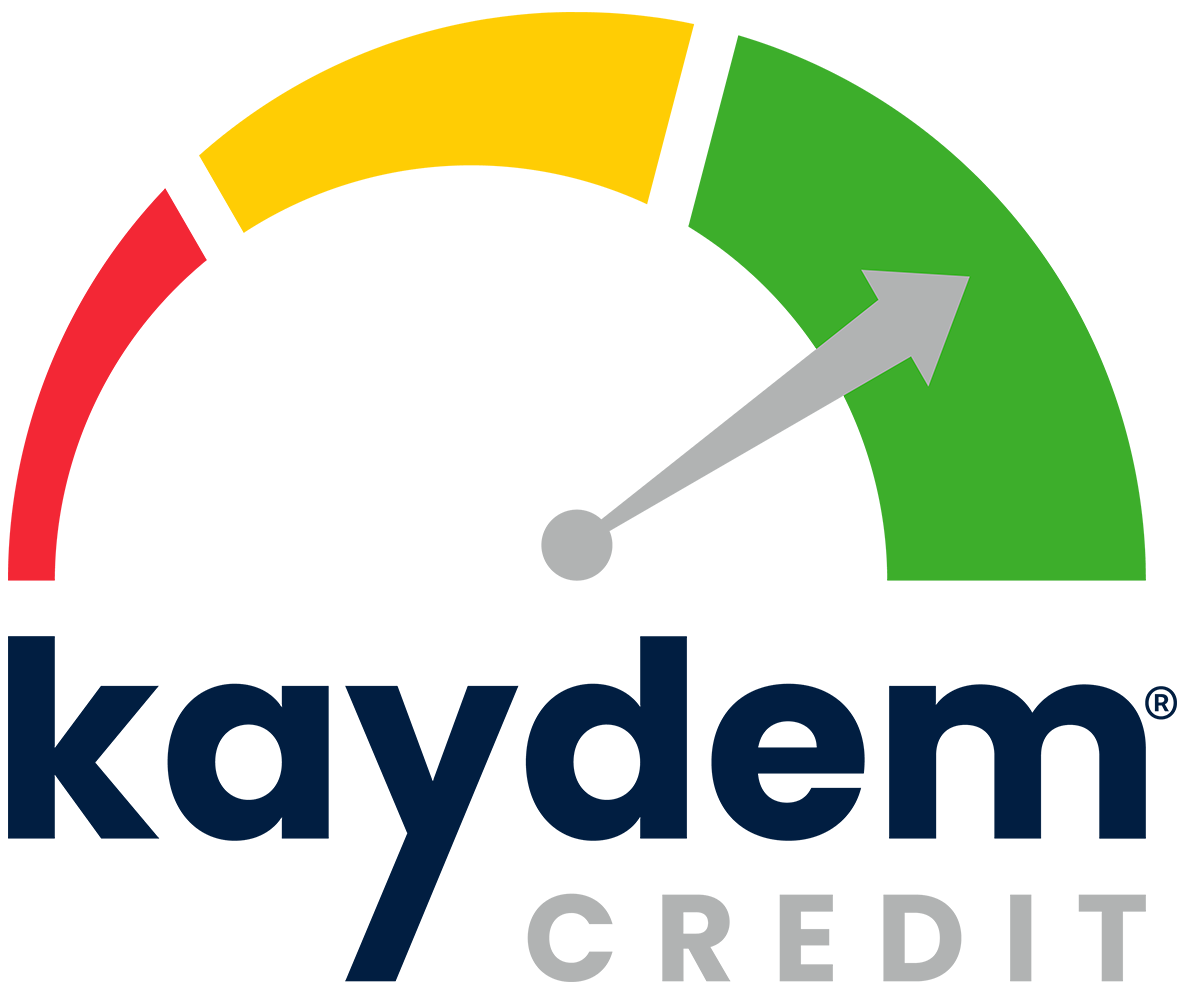Personal Loan vs. Personal Line of Credit: Which is Right for You?
Are you facing an unforeseen expense or looking to enhance your credit score? Perhaps you’re trying to embark on a home improvement project or need to cover some medical bills. In situations like these, a personal loan or personal line of credit could be the solution you need to meet your financial goals. But how do you know which option is right for you? It’s crucial to analyze the personal loan vs. personal line of credit before deciding which one suits your needs. In this article, we’ll take a closer look at personal loans and personal lines of credit and break down the pros and cons of each.
Personal Loan vs. Personal Line of Credit: Which is Right for You?
What is a Personal Loan?
Individuals can obtain personal loans from financial institutions, such as banks or credit unions, based on their creditworthiness to meet their personal financial needs. Unlike loans that are specifically designated for purchasing a house or a car, personal loans are more flexible in their usage and can be utilized for various purposes, such as debt consolidation, home renovations, medical expenses, or even funding a vacation.
When applying for a personal loan, the borrower completes an application process that includes providing personal information, such as employment details, income, and credit history. The lender evaluates this information to determine the borrower’s ability to repay the loan.
If approved, the borrower receives the loan amount in a lump sum. The repayment terms are agreed upon, including the loan duration, interest rate, and monthly payment amount. The borrower is then responsible for repaying the loan over the agreed-upon period, typically through fixed monthly installments.
Key Features of a Personal Loan:
Pros and Cons of Personal Loans
When it comes to borrowing money, personal loans are a popular choice for individuals looking for financing options. However, it’s important to understand the advantages and drawbacks associated with personal loans before making a decision. In this section, we will explore the benefits and limitations of personal loans to help you make an informed choice that aligns with your financial needs and goals.
Advantages of Personal Loans
Fixed Interest Rates and Monthly Payments: One notable advantage of personal loans is that they often come with fixed interest rates. This means that the interest rate remains the same throughout the loan term, providing borrowers with stability and predictability. Additionally, fixed monthly payments make it easier to budget and manage finances.
Structured Repayment Terms: Personal loans offer structured repayment terms, typically ranging from one to seven years. These terms give borrowers a clear timeline for paying off the loan in regular installments. Having a set repayment schedule helps borrowers stay on track and ensures that the loan will be fully repaid within a specific timeframe.
Ideal for One-Time Expenses or Specific Projects: Personal loans are particularly suitable for one-time expenses or specific projects. Whether you’re planning home renovations, funding a wedding, or consolidating high-interest debt, personal loans provide a lump sum of money that can be utilized for these purposes. This allows borrowers to address their financial needs without impacting their day-to-day finances.
Drawbacks of Personal Loans
Limited Flexibility in Accessing Funds: Unlike a personal line of credit, which offers ongoing access to funds, personal loans provide a one-time lump sum. Once the loan is disbursed, borrowers cannot request additional funds unless they apply for a new loan. This limited flexibility may pose challenges when unexpected expenses arise or additional financing is required.
May Require Collateral or Good Credit Score: While personal loans are commonly unsecured, some lenders may require collateral or a good credit score as a condition for approval. Collateral can include assets such as a house, car, or savings account. Lenders also evaluate creditworthiness, including credit history and credit score, which can impact eligibility and the interest rate offered.
Potential for Higher Interest Rates: Depending on factors such as creditworthiness, loan amount, and repayment terms, personal loans may come with higher interest rates compared to other types of loans. Borrowers with less-than-perfect credit scores may receive loans with higher interest rates, resulting in increased overall borrowing costs.
What is a Personal Line of Credit?
A personal line of credit is a type of borrowing arrangement that provides individuals with access to a predetermined amount of funds that they can use as needed. Unlike a traditional loan, where borrowers receive a lump sum upfront, a personal line of credit functions more like a revolving credit account that allows borrowers to withdraw funds up to their approved credit limit. The available credit replenishes as borrowers repay the borrowed amount, allowing them to reuse the funds multiple times.
When applying for a personal line of credit, individuals go through an application process that includes providing personal information, employment details, and financial history. The lender evaluates these factors, including creditworthiness and income, to determine the borrower’s eligibility and the approved credit limit.
Once approved, borrowers have the flexibility to use the line of credit whenever they need funds. They can withdraw money up to the approved credit limit, either through online transfers, checks, or a linked debit card. Interest is charged only on the borrowed amount, and borrowers have the freedom to repay and reuse the funds within the predetermined terms of the line of credit.
Key Features of a Personal Line of Credit
Pros and Cons of Personal Lines of Credit
Personal lines of credit offer various advantages and drawbacks that individuals should consider before deciding if this borrowing option is right for them.
Advantages of Personal Lines of Credit
Flexible Access to Funds: One of the primary benefits of a personal line of credit is its flexibility. With a line of credit, borrowers have ongoing access to funds, allowing them to withdraw as much or as little as they need, up to their approved credit limit.
Interest Charges Only on Amount Used: Unlike a traditional loan where interest accrues on the entire borrowed amount, with a personal line of credit, individuals only pay interest charges on the specific amount they withdraw or use. This feature can result in potential cost savings.
Revolving Credit with No Fixed Repayment Schedule: A personal line of credit operates similarly to a credit card, offering a revolving credit account. This means that as borrowers repay the borrowed amount, those funds become available for future use without the need to reapply for financing. Additionally, there is typically no fixed repayment schedule, giving borrowers more flexibility in managing their payments.
Drawbacks of Personal Lines of Credit
Variable Interest Rates: Unlike personal loans with fixed interest rates, personal lines of credit often come with variable interest rates. These rates can fluctuate over time, potentially leading to changes in monthly payment amounts and overall borrowing costs.
Potential for Overspending or Accumulating Debt: The ease of access to funds through a personal line of credit can lead to a higher risk of overspending or accumulating debt. Without careful budgeting and financial discipline, individuals may find themselves facing an increased debt burden.
May Require a Good Credit Score or Income Verification: Obtaining a personal line of credit may require a good credit score and income verification. Lenders typically evaluate an individual’s creditworthiness before approving a line of credit. Those with a lower credit score or unstable income may face challenges in securing this type of financing.
Personal Loan vs. Personal Line of Credit – Which is the Better Fit?
When it comes to financial flexibility, a personal line of credit may be the better option for some, while a personal loan may be the more straightforward solution for others. It’s important to carefully consider whether a personal loan vs. personal line of credit is suitable for your specific financial situation, goals, and borrowing needs before deciding which option is best suited for you. Take the time to research, ask questions, and compare the terms, fees, and interest rates of multiple lenders to find the best fit for your unique circumstances.
If uncertain, seeking professional advice from financial advisors or credit counselors can provide expert guidance tailored to your specific circumstances. Their insights can help you navigate the complexities of these borrowing options and make an informed decision that aligns with your goals. With thoughtful consideration and expertise, you can make a confident and informed decision that supports your financial well-being and helps you achieve your goals.

